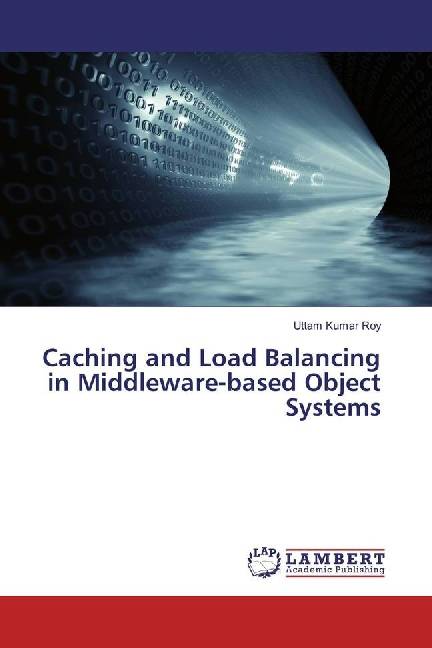
Je cadeautjes zeker op tijd in huis hebben voor de feestdagen? Kom langs in onze winkels en vind het perfecte geschenk!
- Afhalen na 1 uur in een winkel met voorraad
- Gratis thuislevering in België vanaf € 30
- Ruim aanbod met 7 miljoen producten
Je cadeautjes zeker op tijd in huis hebben voor de feestdagen? Kom langs in onze winkels en vind het perfecte geschenk!
- Afhalen na 1 uur in een winkel met voorraad
- Gratis thuislevering in België vanaf € 30
- Ruim aanbod met 7 miljoen producten
Zoeken
€ 68,95
+ 137 punten
Omschrijving
In this book, I have presented a unified object caching architecture and implementation based on CORBA that can be used to cache different types of remote objects with a little modification of existing code. This approach is based on applications specific cache consistency policy, per process caching, object graph based data shipping and replication management. I have applied this architecture on applications with different types of system requirements and have made a performance comparison among them. I have demonstrated that the proposed architecture of caching results in improved performance for applications that exhibit a reasonable amount of read operations. I have then provided a 3-tier on-demand, adaptive, transparent load balancing architecture for state-full CORBA object caching system and implemented it. The proposed architecture uses a combination of interceptor and object wrapper to intercept requests at various points with minimum overhead that improves efficiency significantly. Instead of a centralized load balancer, balancing of load is performed entirely in distributed manner, which introduces the system as a fault-tolerant one.
Specificaties
Betrokkenen
- Auteur(s):
- Uitgeverij:
Inhoud
- Aantal bladzijden:
- 220
- Taal:
- Engels
Eigenschappen
- Productcode (EAN):
- 9783659956096
- Uitvoering:
- Paperback
- Afmetingen:
- 150 mm x 220 mm

Alleen bij Standaard Boekhandel
+ 137 punten op je klantenkaart van Standaard Boekhandel
Beoordelingen
We publiceren alleen reviews die voldoen aan de voorwaarden voor reviews. Bekijk onze voorwaarden voor reviews.









